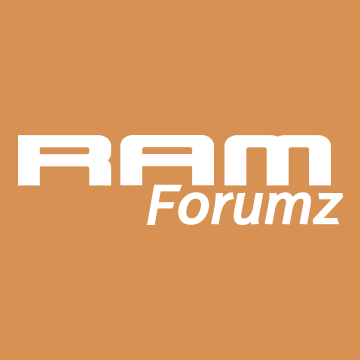How much work is it to change out the oil pan in a '03 Durango, 5.9, 4x4?
I found my oil pan has rust "scabs" all over it. They're generally dime sized or smaller but one was a quarter sized and, after I flaked off the rust, it started seeping over time. Not dripping yet, but a good seepage. So today I drained the oil, cleaned it up and used JB Weld to cover up the scabs for now.
Not sure why this happened?? My 92 Dakota never did this. Is the oil pan just crap metal? Is this common?
The Durango has 70k on her and I do take her to the beach once a year, but we avoid salt water like the plague and, when we get back, I get under there and wash everything (I'm a real sight to see in my trunks and goggles with a hose. LOL) My Dakota has been on the beach as much and never had this issue.
I was looking for a way to change out the pan without lifting the engine out of the bay and it looks like the front diff has to drop for sure, and maybe the steering rack?? I also have a slight seepage in the end seal on the diff housing so maybe I can fix that while it's down for this.
Anyone ever do it this way?
Thanks for any advice guys.
Dave
I found my oil pan has rust "scabs" all over it. They're generally dime sized or smaller but one was a quarter sized and, after I flaked off the rust, it started seeping over time. Not dripping yet, but a good seepage. So today I drained the oil, cleaned it up and used JB Weld to cover up the scabs for now.
Not sure why this happened?? My 92 Dakota never did this. Is the oil pan just crap metal? Is this common?
The Durango has 70k on her and I do take her to the beach once a year, but we avoid salt water like the plague and, when we get back, I get under there and wash everything (I'm a real sight to see in my trunks and goggles with a hose. LOL) My Dakota has been on the beach as much and never had this issue.
I was looking for a way to change out the pan without lifting the engine out of the bay and it looks like the front diff has to drop for sure, and maybe the steering rack?? I also have a slight seepage in the end seal on the diff housing so maybe I can fix that while it's down for this.
Anyone ever do it this way?
Thanks for any advice guys.
Dave





